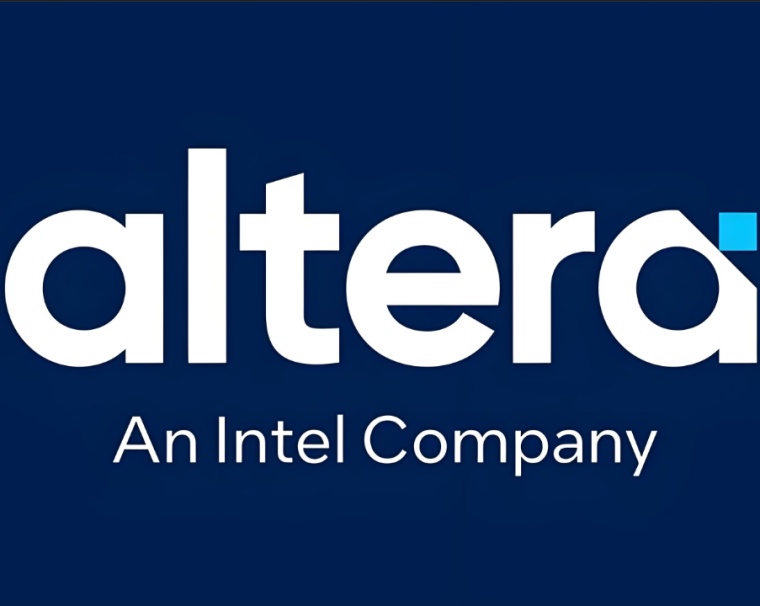Exploring the Versatility of the EP4CE22F17I7N FPGA Chip for Modern Electronics
The EP4CE22F17I7N is a powerful Field-Programmable Gate Array (FPGA) from Intel’s Cyclone IV E family, designed to deliver high performance and flexibility for a wide range of electronic applications. With its low power consumption, cost-effectiveness, and robust logic capacity, this chip has become a popular choice for engineers working on embedded systems, industrial automation, and consumer electronics.
Key Features of the EP4CE22F17I7N
1. High Logic Density – The EP4CE22F17I7N offers 22,320 logic elements (LEs), making it suitable for complex digital designs.
2. Low Power Operation – Built on a 60nm process technology, it ensures energy efficiency without compromising performance.
3. Flexible I/O Support – With 179 user I/O pins, it supports multiple voltage standards, including LVCMOS, LVDS, and PCI Express.
4. On-Chip Memory – Includes 594 Kbits of embedded memory for efficient data buffering and storage.
5. Industrial-Grade Reliability – The EP4CE22F17I7N operates in temperatures ranging from -40°C to 100°C, ideal for harsh environments.

Applications of the EP4CE22F17I7N
- Embedded Systems: Used in IoT devices and edge computing due to its reprogrammability.
- Industrial Control: Enhances motor control and sensor interfacing in automation systems.
- Communications: Supports high-speed data transmission in networking equipment.
- Consumer Electronics: Powers smart displays and gaming peripherals.
Why Choose the EP4CE22F17I7N?
Engineers favor this FPGA for its balance of performance and affordability. Its Cyclone IV architecture ensures fast signal processing, while its compact footprint (484-pin FBGA package) makes it ideal for space-constrained designs.
ICgoodFind’s Take
The EP4CE22F17I7N stands out as a reliable, adaptable FPGA for modern tech demands. Whether upgrading an industrial system or prototyping a new gadget, this chip delivers efficiency and scalability without breaking the budget.
Popular Keywords: FPGA chip, Cyclone IV E, embedded systems, industrial automation, low power FPGA